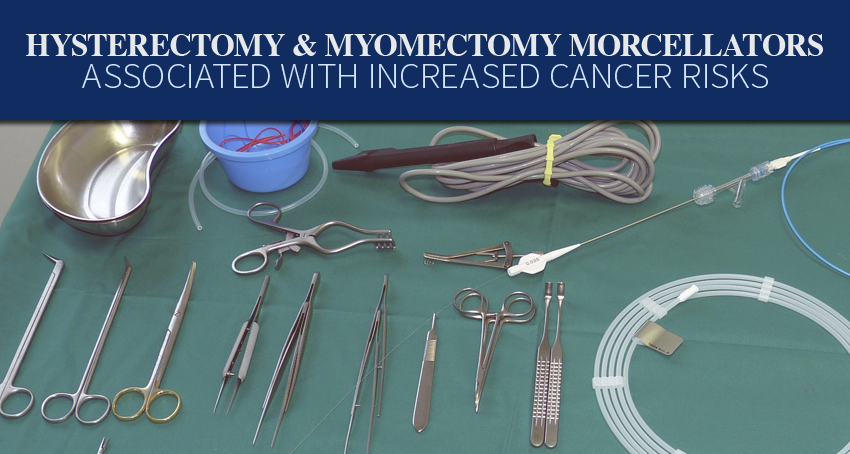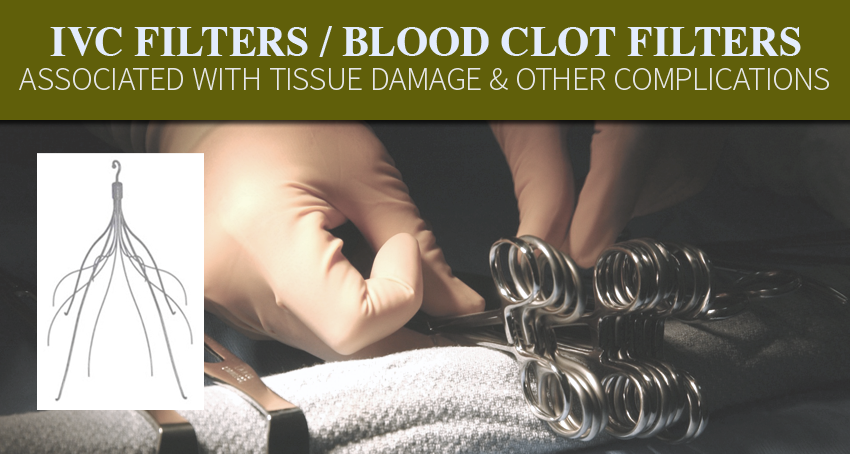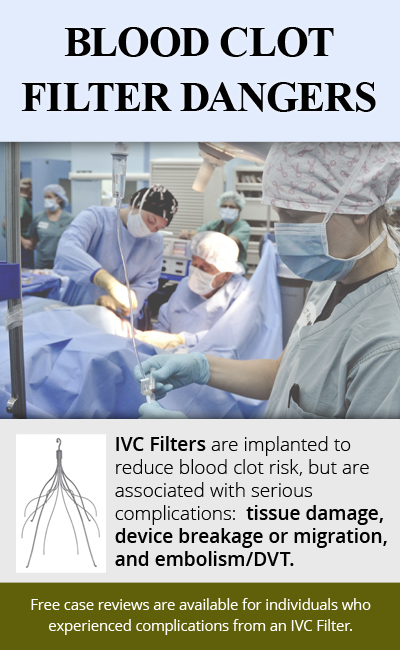Patients implanted with the Zimmer Biomet Comprehensive Reverse Shoulder System have reported fractures, impaired shoulder movement, permanent loss of shoulder function and other serious injuries requiring revision surgery. Unfortunately, patients forced to undergo revision surgery after their shoulder implant fails may suffer from a painful recovery, and the surgery itself may increase the risk of serious infection or death. If you or a loved one has suffered severe injuries allegedly associated with Zimmer Biomet’s Comprehensive Reverse Shoulder implant, consult an experienced product liability lawyer today to discuss the possibility of filing a defective shoulder replacement lawsuit against the manufacturing company.
What is the Zimmer Biomet Reverse Shoulder Implant?
Zimmer Biomet’s Comprehensive Reverse Shoulder Humeral is an artificial shoulder replacement device surgically implanted to help relieve pain, reduce weakness and restore arm movement in patients with rotator cuff tears who have developed arthropathy, a severe type of shoulder arthritis. The Reverse Shoulder implant is specifically designed for patients who are not candidates for a traditional shoulder replacement, and for those who have had a shoulder replacement that failed in the past. The implant uses components in a reverse fashion than normal shoulder operation, utilizing other muscles surrounding the rotator cuff to assist with movement, being that the rotator cuff is no longer able to function properly.
Why is There a Zimmer Biomet Shoulder Injury Lawsuit?
The Comprehensive Reverse Shoulder implant was developed by Zimmer Biomet to help patients with severe damage to their rotator cuff improve their strength, stability and range of motion, so that they could engage in more of their regular activities. However, these devices have been linked to a high rate of fracture possibly leading to other severe injuries. In fact, the complications associated with the Zimmer Biomet shoulder implant are so serious that patients who have received the artificial shoulder may end up needing additional surgeries to remove or replace the device in the event of a fracture. As a result, the Zimmer Biomet shoulder implant has been subjected to a Class I recall, which is the most serious type of recall, reserved for situations in which there is a reasonable probability that use of the device will cause serious adverse health consequences or death.
Side Effects Linked to Zimmer Biomet’s Shoulder Implant
Zimmer Biomet’s Reverse Shoulder implant has been linked to a higher than expected fracture rate, and patients who have been implanted with the artificial shoulder may require revision surgery to repair, remove or replace the device with another implant, should it fracture. Unfortunately, failed shoulder implants requiring additional surgeries may put patients at risk for serious side effects, possibly including:
- Infection
- Tissue and bone damage
- Severe pain
- Impaired shoulder movement
- Permanent loss of shoulder movement
- Death
For some patients who were implanted with a Zimmer Biomet shoulder, receiving a replacement device may no longer be an option, and for others, the risks associated with revision surgery are too great.
Links to Zimmer Biomet Studies Alleging Side Effects
Although research is limited regarding the outcomes of patients who undergo reverse shoulder arthroplasty procedures, it has been reported that device fractures may increase the risk of serious or life-threatening complications in patients implanted with a shoulder replacement system. In one study published in the Journal of Shoulder and Elbow Surgery, researchers found that patients who experienced a fracture after shoulder replacement surgery “had a 6 times higher incidence of death within 30 days than the general population,” with the causes of death including cardiac, pulmonary and abdominal complications.
Recent Zimmer Biomet News
In February 2017, the U.S. Food and Drug Administration (FDA) announced a Class I recall of Zimmer Biomet’s Comprehensive Reverse Shoulder, warning that the devices are prone to fracture, which may result in the need for revision surgery. According to the FDA, the Zimmer Biomet shoulder fractures at a higher rate than is stated in the device labeling, and this premature failure can lead to a permanent loss of shoulder function, infection, or in severe cases, death. Prior to the recall being announced by the FDA, Zimmer Biomet had sent an urgent notice to all customers in possession of Comprehensive Reverse Shoulder devices, asking that they identify and quarantine any affected implants in stock, so that the devices could be removed from the facility.
The first case against Zimmer Biomet over injuries allegedly caused by the manufacturer’s defective shoulder device was filed in 2014, by a man who was implanted with a Comprehensive Reverse Shoulder in one shoulder in 2009, and in the other in 2010. Within just a few years of implantation, both shoulder devices failed, and the patient was forced to undergo revision surgeries to replace the implants. Zimmer Biomet agreed to settle this case in 2016 for $350,000. As more information comes to light about the potential for Zimmer Biomet’s reverse shoulder replacement system to cause serious injuries, additional lawsuits are expected to be brought against the medical device maker in the future.
How Do I Join the Zimmer Biomet Lawsuit?
Device manufacturing companies like Zimmer Biomet must be held responsible for any defects in the design of their medical devices, especially when these devices fail prematurely and cause serious injuries to patients, and patients adversely affected by a faulty medical device deserve to be compensated for their injuries. If you or a family member received a recalled Zimmer Biomet Comprehensive Reverse Shoulder System, and you have since suffered a major side effect or required revision surgery to remove the defective implant, you be entitled to financial compensation for your injuries, medical expenses and other damages. Contact the knowledgeable Zimmer Biomet shoulder injury attorneys at the Monroe Law Group as soon as possible to discuss your options for legal recourse.






